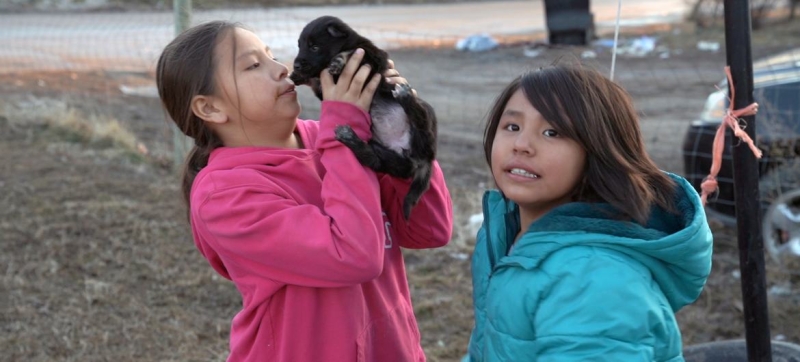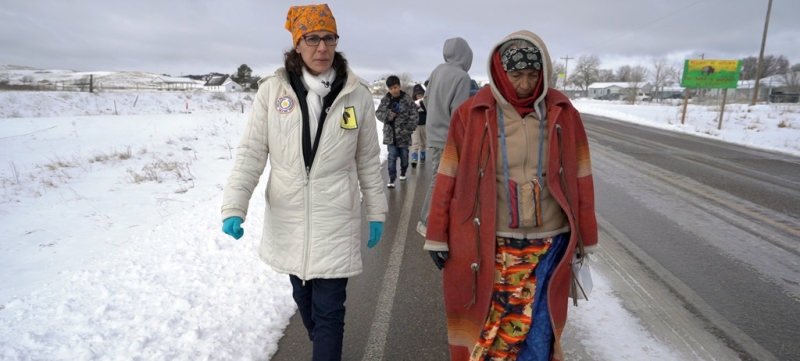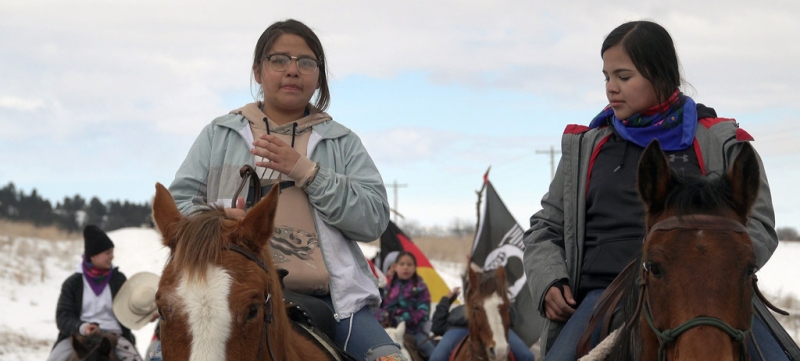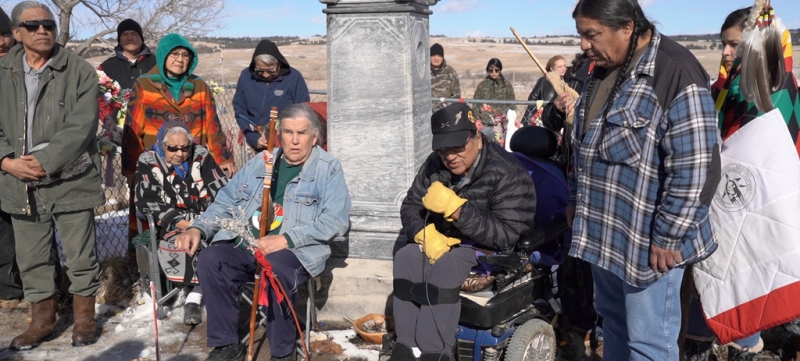
No one is often looking for missing girls from Indian reservations. INTERVIEW | Why do girls disappear from Indian reservations and who are “people with two souls”? Women
Several centuries ago, the American Indians were the sole owners of a rich territory stretching from the Atlantic to the Pacific Ocean. Today they make up only two and a half percent of the population of the United States of America. Hundreds of government and non-governmental organizations are addressing the many issues facing Native Americans. Among them is the Indigenous Justice Circle, whose activities we want to highlight during the UN Permanent Forum on Indigenous Issues in New York.
Oklahoma’s Kelly Hollman of the Cherokee Nation is the founder and executive director of the Indigenous Justice Circle. Some time ago, Kelly created the Indigenous Teenage Girls Empowerment Network. Among other things, this organization helps prevent girls from Indian reservations from being kidnapped for labor or sexual exploitation. This problem has been around for decades; several generations of American politicians and public figures have tried to solve it, but similar incidents occur quite often these days.
Nargis Shekinskaya of the UN News Service met with Kelly Hollman at the New York headquarters of the United Nations during the UN Permanent Forum on Indigenous Issues.
Nargis Shekinskaya: Kelly, please tell us about your organization. I understand that you work on Native American women’s issues. Why is this particular aspect important to you?
Kelly Hallman: Historically, Native Americans were excluded from participation in society, deprived of their rights, their land and resources. In this population group, girls and women bear the overwhelming burden of caring for large families consisting of several generations of relatives. That is why we pay special attention to them. They represent the foundation of our society, and we want to strengthen this foundation.

Kelly Hallman (left) in South Dakota.
NS: The Indigenous Justice Circle is a fairly young organization. You have already managed to do something in this direction?
KH: We help a range of Indigenous-led organizations work with girls who are most at risk of disappearance and early poor health. We provide our partners with a systematic plan to work with these girls.
NS: You talked about how Native American girls are forced to live and work between two worlds. What does this mean?
KH: In the 1950s, the US government believed that if Native Americans moved from reservations to cities and found jobs there, the Indian problem would be solved. However, it soon became clear that Native Americans did not integrate well into cities. The job opportunities they were promised did not materialize. As a result, many of these people are stressed, trying to maintain a connection to their culture of origin, a rural, isolated place, while at the same time succeeding in a new world. So they have to survive in the space between the white and red worlds, as we call it.
NS: Could you tell us more about the problem killed and missing Indian girls? When it arose?
KH: It all started 500 years ago, when Christopher Columbus arrived here. Indigenous girls and women were subject to exploitation, including sexual exploitation. Then they went to the cities to look for work and educational opportunities, but often ended up left behind. A similar thing happens with “people with two souls.” Because of their intersecting multiple identities, many have difficulty fitting into traditional communities and are at increased risk of exploitation.
NS: What is “ people with two souls”? I’ve never heard of this before.
KH:It is a term we use in American Indian communities to describe people who do not identify exclusively as male or female. In broader American culture, these are lesbians, gays, or transgender people. In the Native American community, this phenomenon has been known since time immemorial. “People with two souls” were believed to have special abilities that ordinary people do not have, and therefore they were always treated with great honor and respect.

Girls from an Indian reservation in South Dakota.
NS: Interesting… But let’s return to the problem of missing indigenous women.
KH:In recent years, the Biden administration has begun to acknowledge the scope of the problem and devote resources to addressing it. Interior Secretary Deb Haaland played a key role here. Canada is a model for solving this problem. There, after someone goes missing, they provide funding to the police and judicial authorities. But we at the Indigenous Justice Circle are trying to take a more proactive preventative approach so that we have an early warning system when a girl goes missing. I hope we can turn the situation around with missing and murdered girls before things get really bad.
NS: Please tell us about the schools – boarding schools for Indian children. Why is it important that people know about this long-standing problem?
KH:In the 1800s, Richard Henry Pratt, who served in the army, came up with what he thought was a brilliant concept – “Kill the Indian, Save the Man.” In other words, it’s an attempt to assimilate Native Americans into the mainstream culture so that they won’t have the problems that arose when their lands were taken over. Beginning in the 1880s, Lakota Sioux children were sent from Dakota Territory to Pennsylvania to Christian boarding schools, where many later became ill and died. Some of the graduates from these schools later managed to get jobs, but others found it difficult to return to their communities because they no longer fit into their old lives. The government and Christian missionaries maintained such boarding schools until the 1960s. Native girls were a special target for residential schools because Christian missionaries understood that women shaped culture. If they manage to reach the girls and change their thinking, then these future mothers will then have a great influence on the worldview of the community.

A gathering of Indians on one of the reservations in South Dakota.
NS: Let’s now return to today. How are things going in Native American communities now? ~p>KH: I think the government as a whole has failed to live up to its treaty obligations to the Native Americans. Reports from various NGOs show the federal government’s failure to deliver on its promises to provide Native Americans with housing, resources, health care and more. But I think the process is gradual. There is a process of admitting some mistakes and people are trying to do the right things. It is necessary to ensure that the Indians preserve their culture and way of life, but at the same time be able to survive economically. An example is the recent agreement between the National Park Service and some of the tribes on whose lands these parks are located. If you look at the Grand Canyon, Badlands and South Dakota parks, they are now jointly managed by the US government and Indian tribes.
NS: Can you tell us about your participation in the ongoing UN forum?
KH: The UN Permanent Forum on Indigenous Issues is paying special attention to youth this year. Our organization, together with other participants, holds official events at UN sites and on the sidelines of the UN to support the voices of the younger generation of indigenous leaders. They have creative ideas and answers to many questions that concern all of humanity now.
